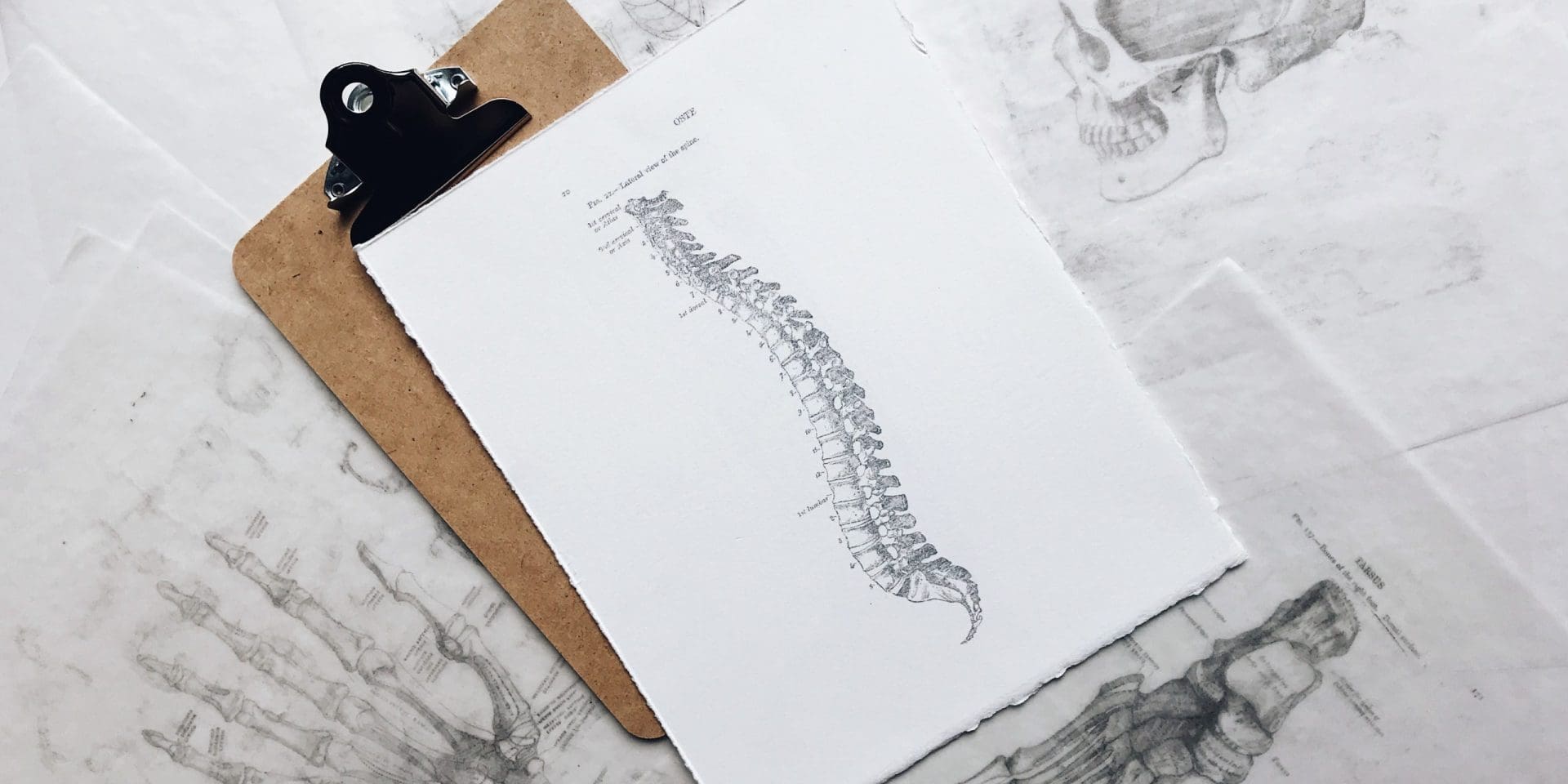According to a somewhat recent report millions of people worldwide suffer from back pain. In fact, according to two Australian studies as well as The Global Burden of Disease Study, back pain (and in particular lower back pain) is the single leading cause of disability worldwide. While back pain is generally attributed to improper diet, the overloading of the spine, or even improper lifting habits some have claimed that the ultimate cause of back pain is evolution.
According to the evolutionary worldview, our ancestors were quadrupeds (I.e., they walked on all fours) and therefore our spinal column wasn’t designed for upright posture.[1] In other words back pain is due to design flaws in the human spine, “supposedly because we imperfectly evolved from four-legged creatures.”[2] Richard Dawkins defends and explains this view. The problem, he says, “is that our ancestors walked for hundreds of millions of years on all fours with the backbone held more-or-less horizontally, and it doesn’t take kindly to the sudden readjustment imposed by the last few million [years]. And the point, once again, is that a real designer of an upright-walking primate would have gone back to the drawing board and done the job properly, instead of starting with a quadruped and tinkering.”[3]
“When you start to examine the biomechanics of the curved spine… you find that the arch of the spine has a beautiful purpose, it’s like the arch of a bridge, it adds strength.”
Jonathan Sarfati
However, Dawkins is “out of touch,” says scientist Jonathan Sarfati, “with real experts of the spine who disagree.”[4] For instance, the late Professor Richard Porter who was Director of Education and Training for the Royal College of Surgeons of Edinburgh, and who published more than 60 papers in peer-reviewed journals on spinal disorders alone explained how “the inward curve of the lumbar spine—the lordosis—was thought by evolutionists to be a problem, the result of man standing upright. Therefore, some researchers may look at a patient with back pain and say it’s because mankind has recently stood upright, and the spine has not yet evolved satisfactory. If therapists have the wrong starting assumption, then it’s not surprising that they have advocated treatments to reduce the lordosis which made the problem worse.”[5] But Porter had a different starting assumption. He believed that God is the Creator and therefore the form of His creation always matches its function.
“When you start to examine the biomechanics of the curved spine [with this starting assumption]” says Porter, “asking why it’s that shape, and what’s good about it, you find that the arch of the spine has a beautiful purpose, it’s like the arch of a bridge, it adds strength. Because of that arch in the lumbar spine, a man with a lumbar lordosis can lift proportionally more weight than a gorilla with its kyphotic (outwardly curving) spine! Thus, it’s not surprising that treating back pain with postures and exercises that restore the lordosis work exceedingly well.”[6]
The form clearly does match the function which, of course, provides absolutely no support for evolutionary ideas. Despite the proclamations, the ultimate cause of back pain is not evolution. On the contrary, it is devolution—an expectant result of the Curse (Genesis 3).

Ryan Hembree is a daily co-host, speaker, and writer of Bible Discovery. He also hosts a YouTube channel that shows the unity of the Bible and how science and Scripture fit together. Ryan also has an honorary Masters of Ministry in Creation Science from Phoenix University of Theology.






